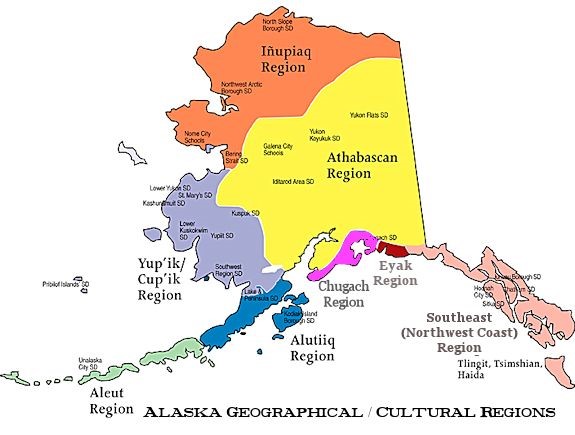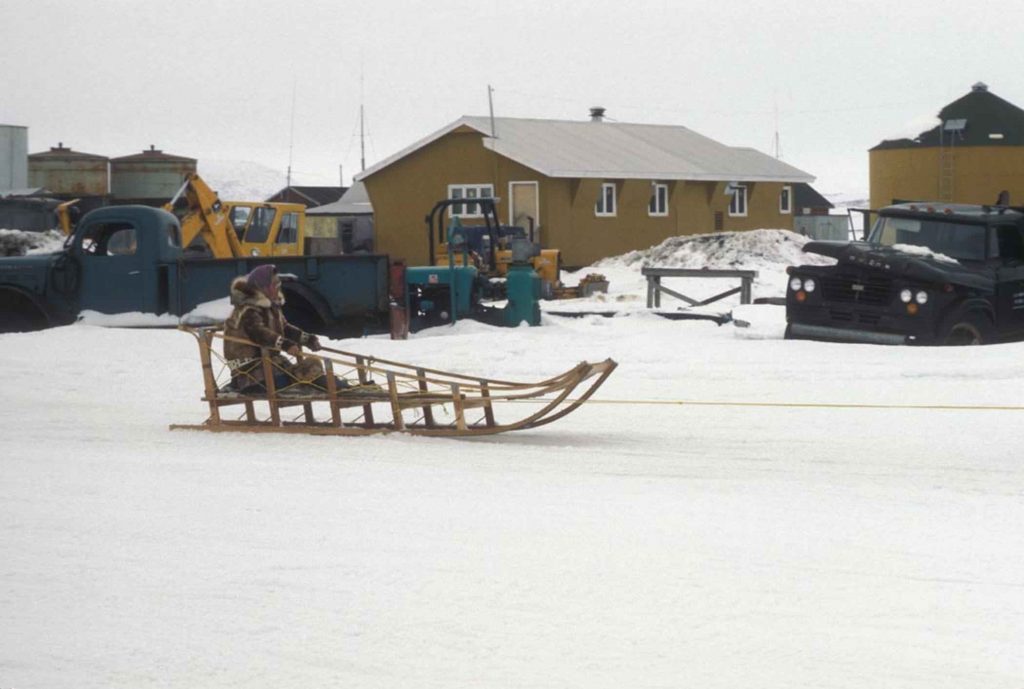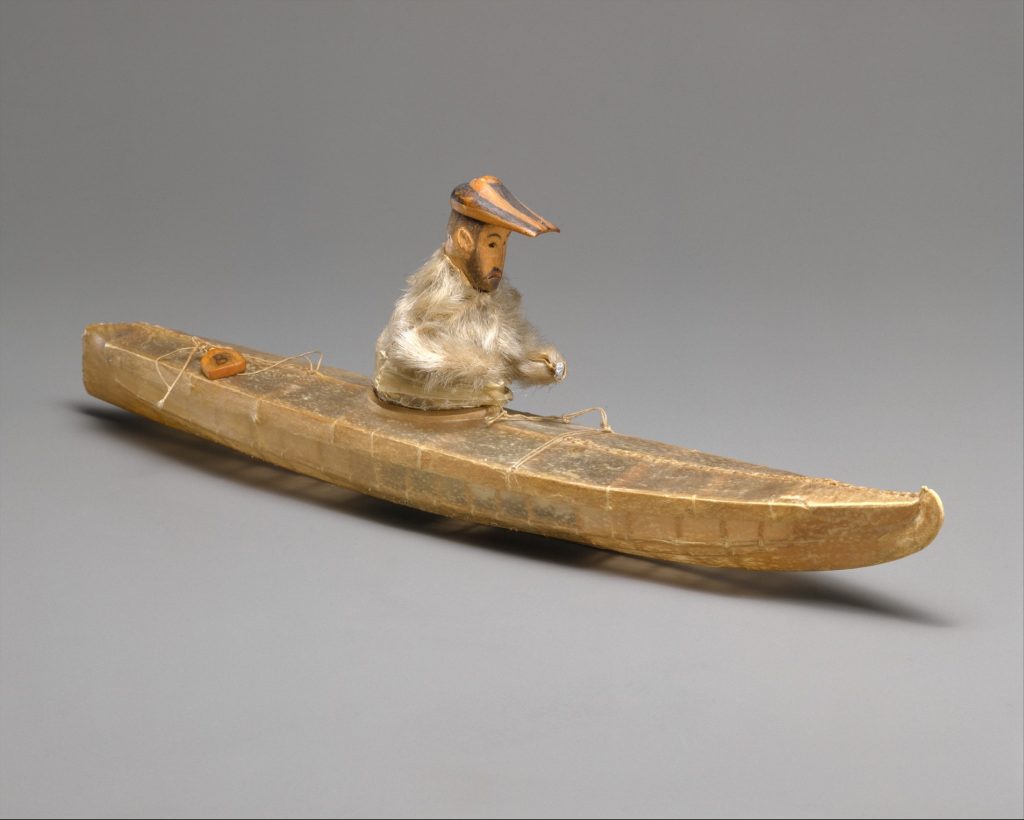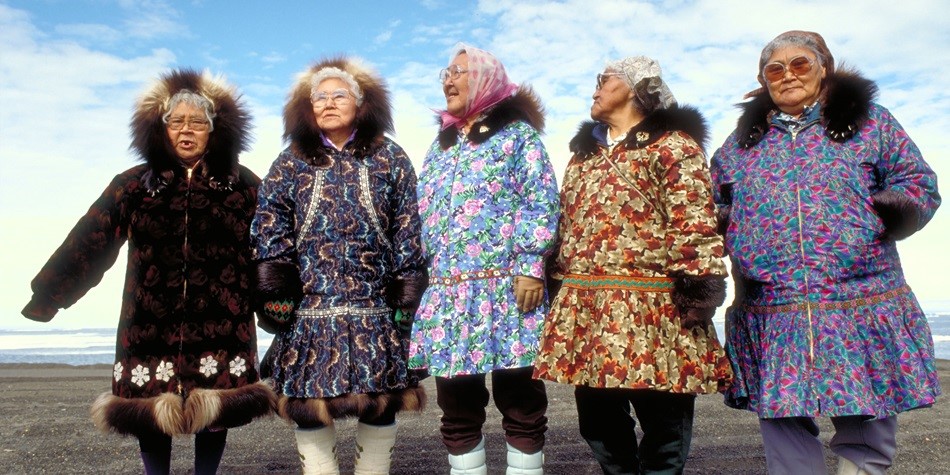InTrans / Mar 13, 2018
Native Alaskan transportation: The original ‘green’ energy
Go! Magazine
 posted on March 13, 2018
posted on March 13, 2018
Alaska’s landscape, riddled with mountains, glaciers, and freezing lakes, can be near impossible to travel. Many of Alaska’s residents have to get their mail, food, clothing, and supplies delivered by aircraft or boat, since only a small portion of the state is accessible by road.
That said, for over 10,000 years, indigenous people have occupied Alaska. These Native Alaskans needed, and still need, transportation to safely transport through the snow and ice in subzero temperatures. To do so, these Native people created some of the most efficient, eco-friendly forms of transportation North America has ever seen!
These vehicles were utilized for thousands of years before more modern forms of transportation and continue on as a useful means of transportation for both Alaska’s Native and non-Native population today. Native Alaskans are separated into five regional groups: Aleuts, Northern Eskimos, Southern Eskimos, Interior Indians, and Southeast Coastal Indians.
Examples and adaptations
Native Alaskans have many forms of traditional transportation among many cultural groups. The Aleut group, who inhabit the Aleutian Islands and parts of the Bering Sea and Western Alaska today, have fished and hunted the region for over 8,000 years. Here the Aleut people live and survive in “one of the harshest and most beautiful” areas of the world. Like other Native Alaskans then and now, Aleuts crafted their transportation from the local landscape for the local landscape.

For example, Aleuts are most known for their seagoing vessels called “baidarka,” which are crafted for excellent maneuverability over the ocean in even the worst weather conditions. These and other Native Alaskan vessels often incorporated biological materials, like the gut of a mammal, to cleverly source materials for boats that were already waterproof. Historically, these baidarkas were used for long hunting excursions, but today, many Aleuts have access to larger boats like the Alaska Marine Highway ferries.
That said, many forms of Native-designed transportation are still in use today—like the dog sled. Dog sleds are commonly used in Alaska, by both Native and non-Natives, in order to travel across challenging terrain posed by the area’s glaciers, snow, and ice. Likewise, traditional seagoing vessels are still used by Native people in the Arctic, and, as we mentioned earlier, these modes of transport were intrinsically eco-friendly. Some traditional vessel designs, like the kayak and the canoe, were later adapted by mainstream culture.

Sacred craftsmanship and resource efficiency
Materials popularly used in transportation today—like steel and plastic—didn’t exist until the last century or so. So thousands of years ago, they had to improvise, which meant using a lot of animal parts like skin, bone, organs, and sinew.
These organic materials have been used for everything else, too, like clothes, tools, and shelter. Today, many Native Alaskans still use these locally-sourced materials to construct their modes of transportation. So, why do that if modern transportation and materials are readily available? It’s simple! Using materials sourced entirely from the landscape is not only cost effective, it’s a way of utilizing passed-down craftsmanship techniques that maintain a sacred connection to the land and ancestors.

And that’s not to mention these materials aren’t so readily available in Alaska: Getting products to and from Alaska can be an extreme challenge! Transportation in Alaska is different than anywhere else in the United States. That said, many Alaskan Natives, like those living in towns, have also adopted modern forms of transportation alongside other Alaskan residents.
The original “eco-friendly”
Native Alaskans and other indigenous groups around the world were the original “green” transportation innovators; Native people utilized materials they hunted and gathered for thousands of years to make their transportation. It was and still continues to be the most reliable “eco-friendly” transportation to date.
When using the land for materials, either thousands of years ago or today, there is less waste. These naturally-sourced modes of transportation not only cost nothing to supply and build, but they also required no fuel—other than the raw power of a human, animal, or element of the landscape (like the sheer force of water or wind). And once these broke down or were replaced, the materials used naturally faded back into the landscape! There was literally no waste, no fuel costs, and minimal impact to the environment. Now that’s innovation!

References
www.pbs.org/harriman/1899/native.html
www.alaska.org/advice/alaska-culture
www.aleutcorp.com/shareholders/who-we-are/region-history/
www.britannica.com/place/Aleutian-Islands
www.flickr.com/photos/wili/198401202/
Related links
(Story-on-tape) The Legend of Denali: www.nps.gov/dena/learn/historyculture/legend-of-denali.htm
(Article) American Indian Alaska Native Tourism Association and National Park Service Celebrate Native American Heritage Month: www.nps.gov/orgs/1207/11-07-2016-native-american-heritage-month.htm
(More info) Alaskan Natives: www.travelalaska.com/Things%20To%20Do/Art%20Culture%20History/Alaska%20Natives.aspx
(More info) Alaska Native Culture: www.nps.gov/locations/alaska/native-culture.htm
(More info) Aleut Region & history: www.aleutcorp.com/shareholders/who-we-are/region-history/
(Video) Alaska Native youth dance group in Dillingham, AK: www.youtube.com/watch?v=90YZc3k7rdI
By Hannah Postlethwait, Go! Staff Writer